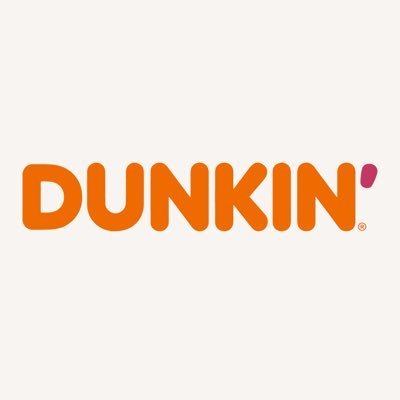DUNKIN DONUTS Cross-Shopping Diagram
The share of customers from a merchant who also shopped at another merchant
e.g. 7% of DENNYS customers also shopped at DUNKIN DONUTS on average each month last year.
Tip: How to read this cross-shopping diagram
Why is Cross-Shopping Important?
Cross-shopping is a consumer behavior where customers purchase goods or services from multiple retailers or brands within the same product category. This behavior is driven by factors such as price comparison, product variety, convenience, and brand preference. For example, a customer might buy groceries from both Walmart and Kroger, or shop for clothing at H&M, Zara, and Forever 21. Understanding cross-shopping behavior is crucial for retailers because it provides insights into how their customers interact with competing brands. By analyzing cross-shopping patterns, retailers can identify their key competitors, assess their market position, and develop strategies to retain customers and attract new ones. This information can help retailers optimize their product assortment, pricing strategies, and marketing campaigns to better meet the needs and preferences of their target audience. Additionally, understanding cross-shopping behavior can help retailers identify opportunities for partnerships or collaborations with complementary brands to enhance the customer experience and drive loyalty.
Request a Data Demo
The share of customers from a merchant who also shopped at another merchant
e.g. 7% of DENNYS customers also shopped at DUNKIN DONUTS on average each month last year.
Tip: How to read this cross-shopping diagram
Why is Cross-Shopping Important?
Cross-shopping is a consumer behavior where customers purchase goods or services from multiple retailers or brands within the same product category. This behavior is driven by factors such as price comparison, product variety, convenience, and brand preference. For example, a customer might buy groceries from both Walmart and Kroger, or shop for clothing at H&M, Zara, and Forever 21. Understanding cross-shopping behavior is crucial for retailers because it provides insights into how their customers interact with competing brands. By analyzing cross-shopping patterns, retailers can identify their key competitors, assess their market position, and develop strategies to retain customers and attract new ones. This information can help retailers optimize their product assortment, pricing strategies, and marketing campaigns to better meet the needs and preferences of their target audience. Additionally, understanding cross-shopping behavior can help retailers identify opportunities for partnerships or collaborations with complementary brands to enhance the customer experience and drive loyalty.
Request a Data Demo
The share of customers from a merchant who also shopped at another merchant
e.g. 7% of DENNYS customers also shopped at DUNKIN DONUTS on average each month last year.
Tip: How to read this cross-shopping diagram
Why is Cross-Shopping Important?
Cross-shopping is a consumer behavior where customers purchase goods or services from multiple retailers or brands within the same product category. This behavior is driven by factors such as price comparison, product variety, convenience, and brand preference. For example, a customer might buy groceries from both Walmart and Kroger, or shop for clothing at H&M, Zara, and Forever 21. Understanding cross-shopping behavior is crucial for retailers because it provides insights into how their customers interact with competing brands. By analyzing cross-shopping patterns, retailers can identify their key competitors, assess their market position, and develop strategies to retain customers and attract new ones. This information can help retailers optimize their product assortment, pricing strategies, and marketing campaigns to better meet the needs and preferences of their target audience. Additionally, understanding cross-shopping behavior can help retailers identify opportunities for partnerships or collaborations with complementary brands to enhance the customer experience and drive loyalty.
Request a Data Demo

